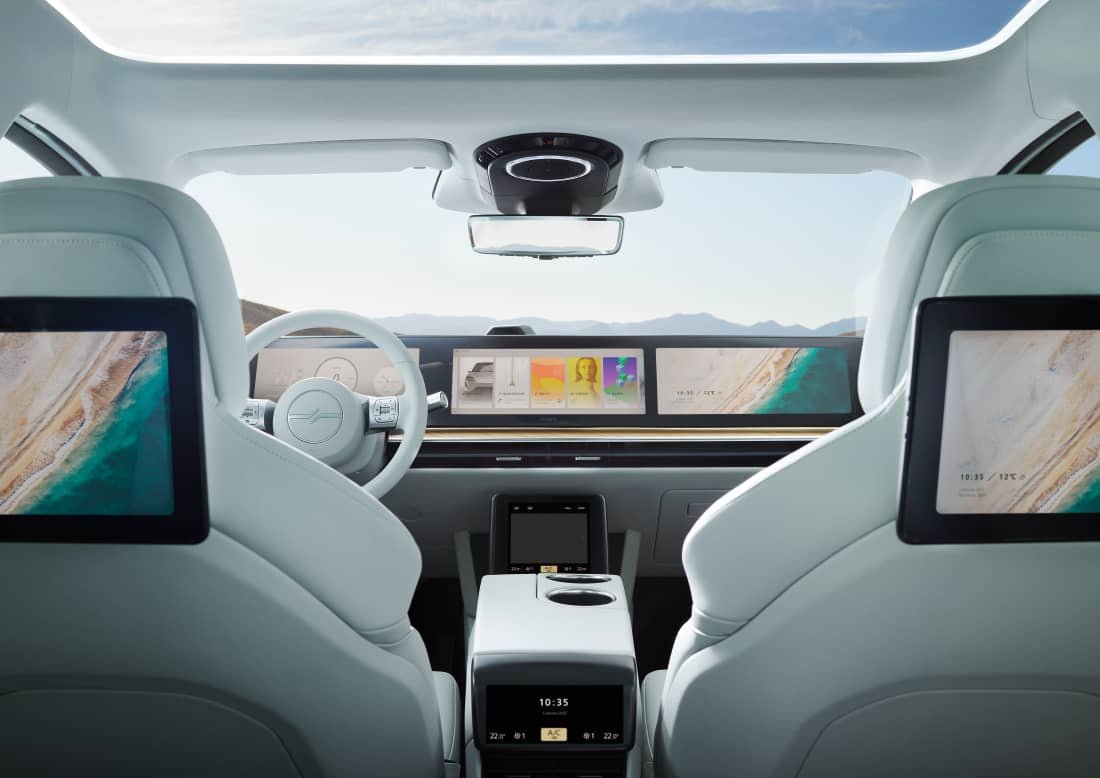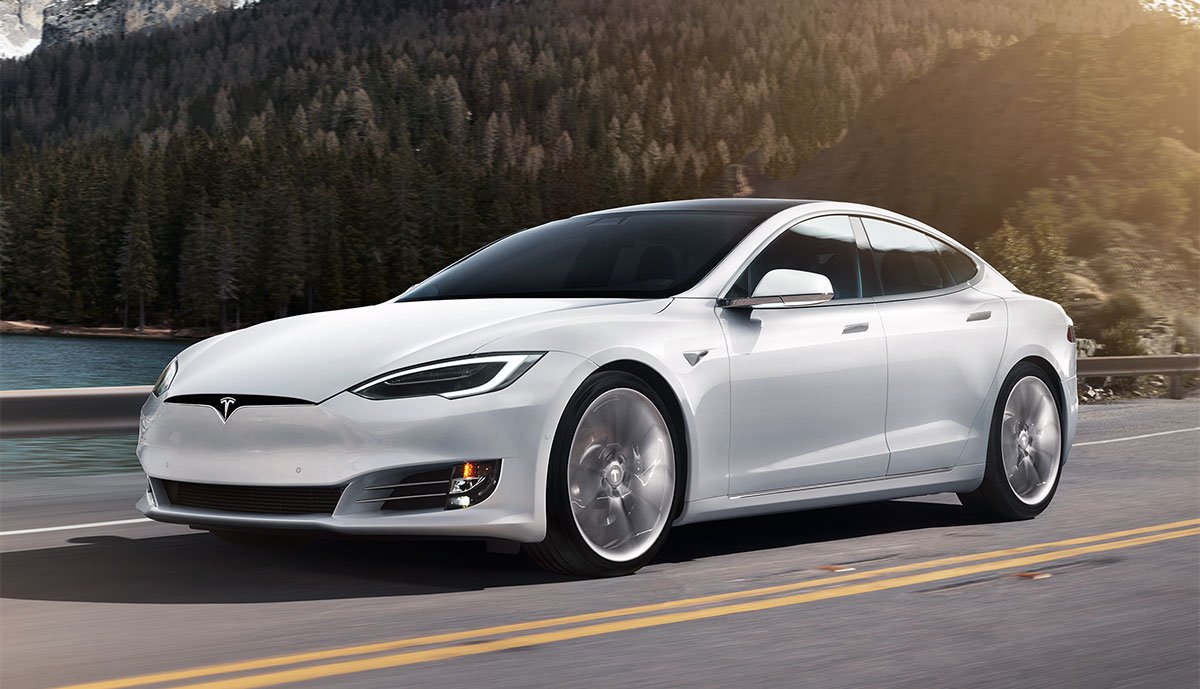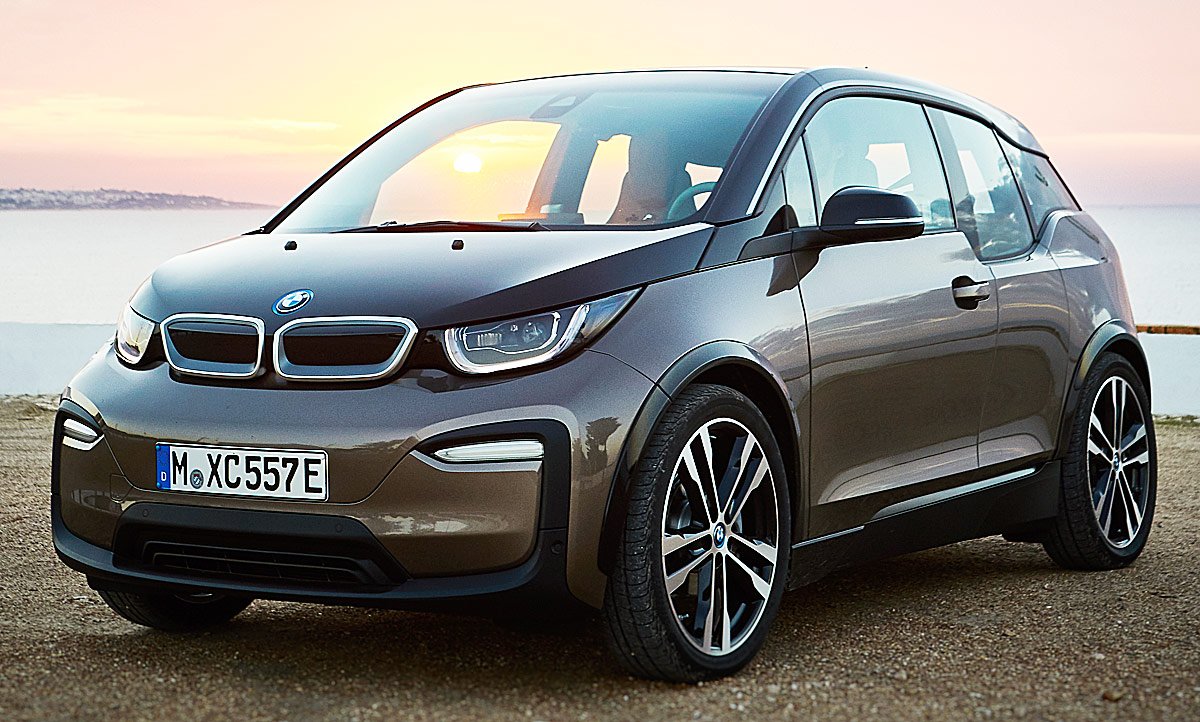Oh Future, Where Art Thou?
At CES and elsewhere, the tech industry has shown its take on the automobile for the first time
It’s not a trick (image © Sony)
The car of the future is a piece of consumer electronics. That much can be deduced solely from the fact that CES - the trade fair formerly known as Consumer Electronics Show - has become the one show no self-respecting car manufacturer would allow itself to give a pass these days.
It’s no secret that the automotive industry is hellbent on being considered part of the ‘tech’ crowd. At the some time, it’s deeply worried about tech companies reciprocating by creating their own, disruptive take on the automobile - along the lines of Netflix taking over Hollywood or Amazon bringing death to the bookshop. All that separates an entire industry from imminent redundancy would seem to be that groundbreaking tech-take on the moving machine with four wheels - that drivable iPhone instantly turning today’s most advanced cars into Blackberries.
However, in terms of design, the tech-takes on the automobile, as unveiled at the mot recent CES and elsewhere, have been hardly disruptive. In fact, they tend to either blend in with current styling trends or are plain bland.
Sony’s Vision S-02 looks like a crossbreed between Mullen Five and Tesla Model Y. Foxconn’s passenger car range looks as though Evergrande clandestinely sold some intellectual property rights in return for cash. Black roofs, full-width light strips, fastback silhouettes: Anodyne is the new disruptive, judging on the basis of these Japanese and Taiwanese trailblazers.
It’s not a trick (image © Foxconn)
Even as the traditional faction of the automotive industry still awaits Apple, Baidu and Xiaomi’s respective takes with bated breath, certain conclusions can already be drawn, regarding the effects of impending disruption on automotive design. Firstly, one needs to look at the nature of today’s big tech: Apple notwithstanding, these company’s don’t define themselves through hardware. In contrast to the Walkman’s heyday, today’s high-tech products only use physical objects as a means to an end. Nobody buys an iPhone because the radii of each corner are more pleasingly defined than the competition’s - it’s what it does, rather than what it is, that matters (plus badge snob appeal, of course).
Applied to the automotive world, this thinking inevitably results in utterly indistinctive forms, akin to the differences between an iPhone 12 and a Huawei P40 smartphone. Even the tech cars’ interiors offer little distinction, when judged on the basis of physical, tangible means. It’ll be what’s available on those many screens - rather than the screens themselves or the environment they’re incorporated into - that’ll challenge and disrupt everyone’s idea of what an automobile can be. Perhaps. Everything else ought to be inoffensive and of workmanlike quality - which only sounds lacking in ambition if one ignores that physical ‘innovations’ such as the foldable smartphone have resolutely failed to catch on in the recent past, just as nobody has tried selling circular displays yet.
It’s not a trick (image © Sony)
The second argument in favour of blending in vs standing out would be on the basis of precedent: beloved though it is by factions of the design-savvy community, the BMW i3 resolutely failed to change the desirability paradigm. For all the thought and ingenuity on display, this BMW never turned into a product that was widely considered covetable. Tesla, on the other hand, (and with the exception of its odd SUV models) has played it resolutely safe, with regards to proportions, graphics and surfacing - quod erat demonstrandum.
What tech companies have according taken to heart is that even early adopters tend to prefer unchallenging aesthetics over forms requiring explanations to the neighbour on a Saturday morning. Which is very unlikely with either a Sony Vision S-02 or a Foxconn Model C parked in one’s driveway.
Paradoxically, part of the legacy car maker field is simultaneously striving for relevance through ballyhoo. Next to the tech designs, one certainly wouldn’t assume that the recycled, somewhat Flash Gordonised Mercedes EQ-XX (née Vision IAA) is the latest offspring of the world’s oldest car maker. Or that the ability to instantly change colour could seriously be sold as the latest symbol of progress.
So has the story of automotive design been told in its entirety already? It’s certainly not going to get any easier to come up with truly new chapters that aren’t simply rehashing the tales of yore. But someone, somewhere most certainly has a bright idea right now. Now bring it on!







